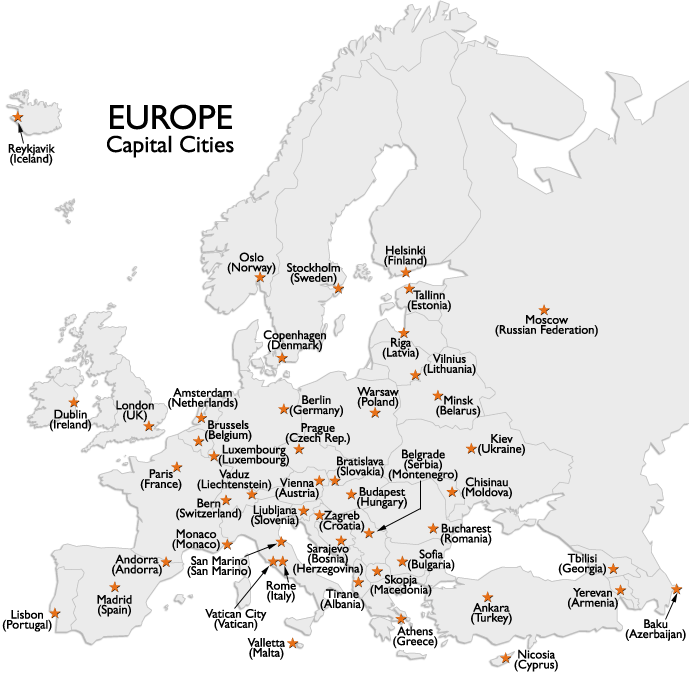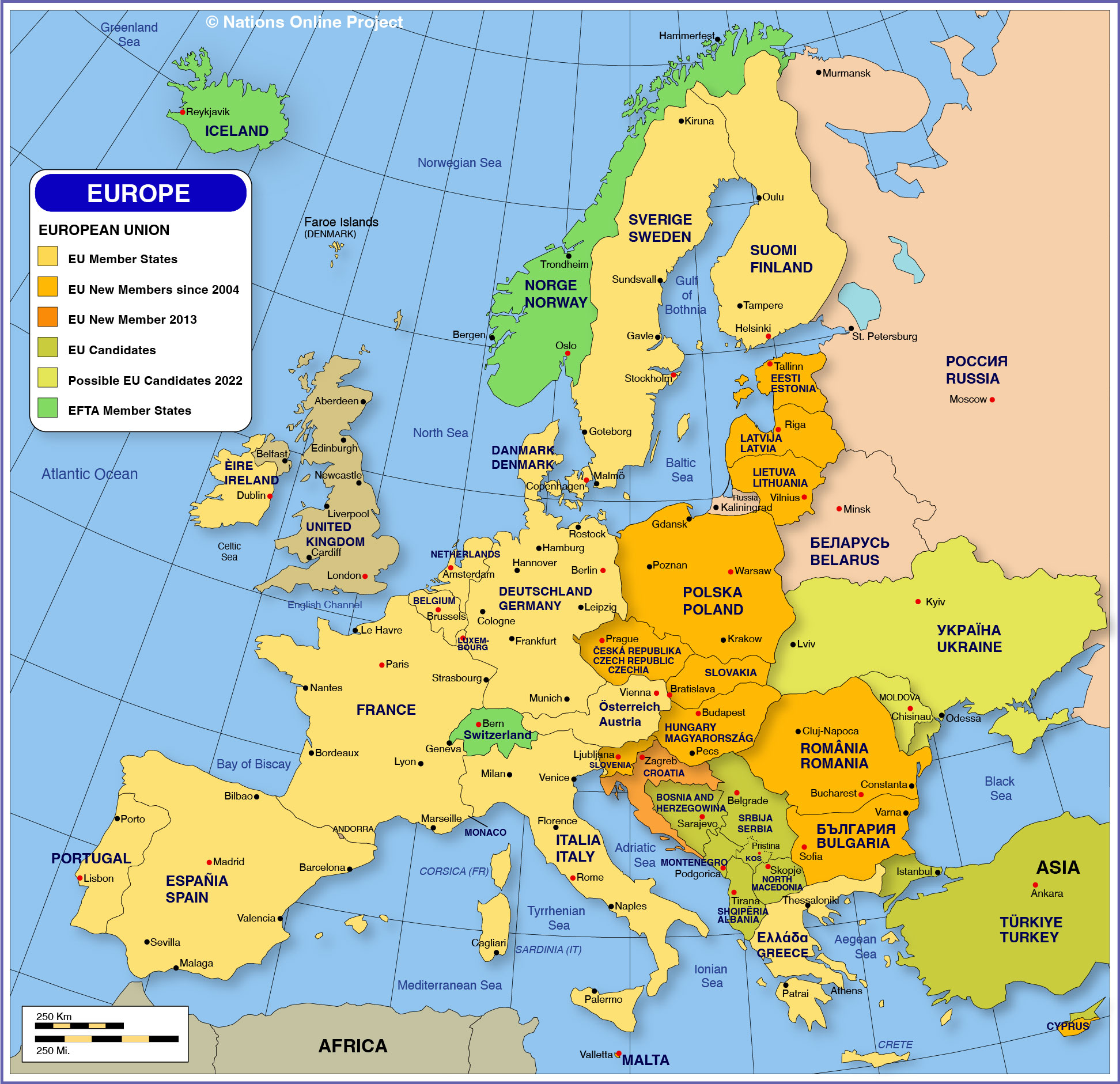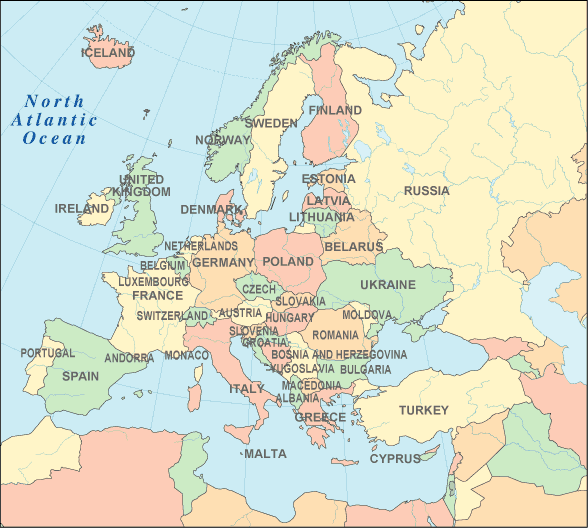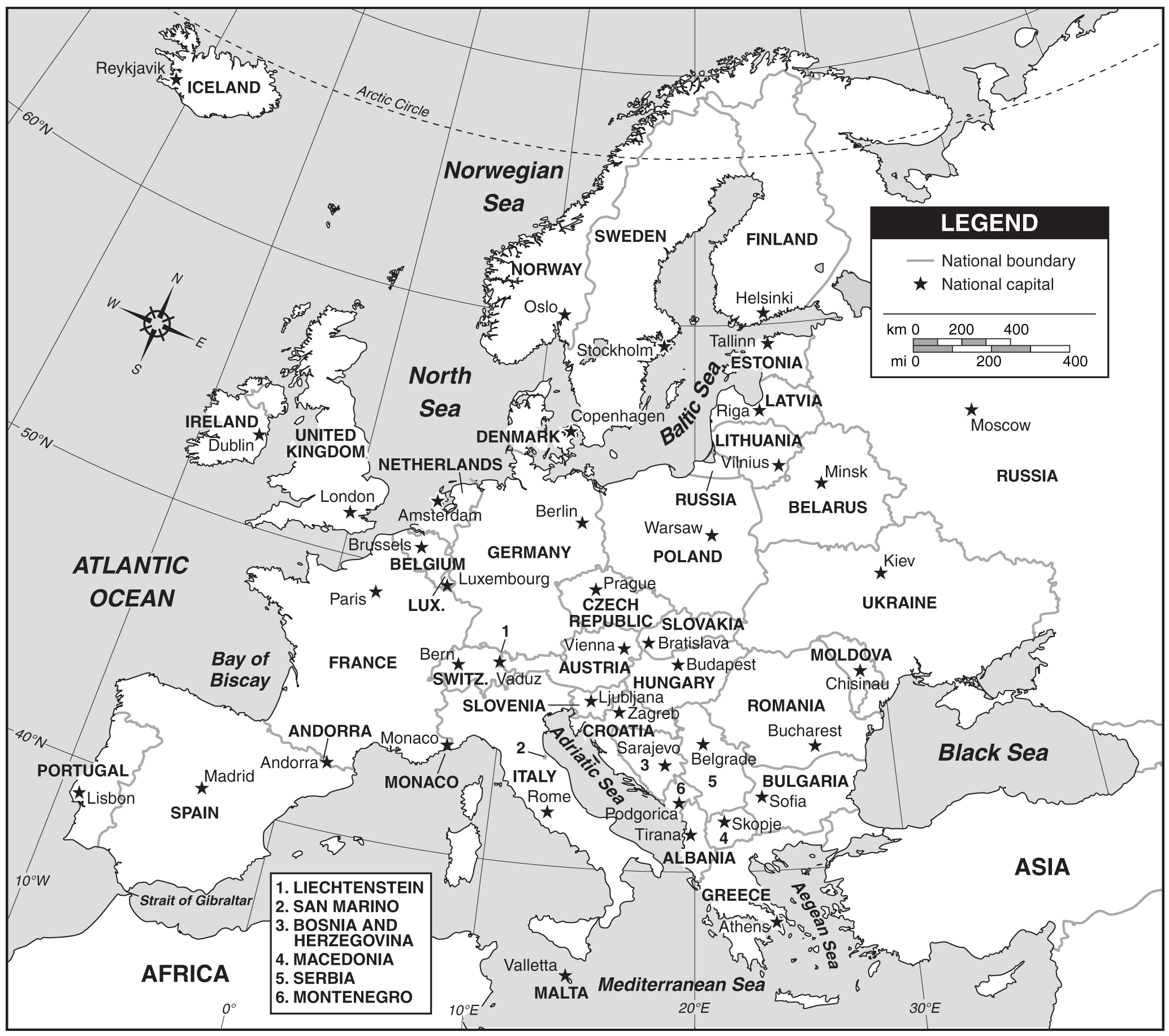West Virginia became a state following the Wheeling Conventions, breaking away from Virginia during the American Civil War. The new state was admitted to the Union on June 20, 1863, and was a key Civil War border state. West Virginia was the only state to form by seceding from a Confederate state, and was one of only two states formed during the American Civil War (the other one being Nevada, which separated from Utah Territory).
The state is noted for its mountains and diverse topography, its historically significant logging and coal mining industries, and its political and labor history. It is one of the most densely karstic areas in the world, making it a choice area for recreational caving and scientific research. The karst lands contribute to much of the state's cool trout waters. It is also known for a wide range of outdoor recreational opportunities, including skiing, whitewater rafting, fishing, hiking, mountain biking and hunting.
Located in the Appalachian Mountain range, West Virginia covers an area of 24,229.76 square miles (62,754.8 km2), with 24,077.73 square miles (62,361.0 km2) of land and 152.03 square miles (393.8 km2) of water, making it the 41st-largest state in the United States. West Virginia borders Pennsylvania and Maryland in the northeast , Virginia in the southeast, Ohio in the northwest, and Kentucky in the southwest.
West Virginia is located entirely within the Appalachian Mountain range and the state is entirely mountainous; this is why it is called The Mountain State and is also part of the reason why its motto is Montani Semper Liberi ("Mountaineers are always free.") About 75% of the state is within the Cumberland Plateau and Allegheny Plateau regions. Though the relief is not high, the plateau region is extremely rugged in most areas. The average elevation of West Virginia is approximately 1,500 feet (460 m) above sea level, which is the highest of any US state east of the Mississippi River.
On the eastern state line with Virginia, high peaks in the Monongahela National Forest region give rise to an island of colder climate and ecosystems similar to those of northern New England and eastern Canada. The highest point in the state is atop Spruce Knob, at 4,863 ft (1,482 m), is covered in a boreal forest of dense spruce trees at altitudes above 4,000 feet (1,200 m). Spruce Knob lies within the Monongahela National Forest and is a part of the Spruce Knob-Seneca Rocks National Recreation Area. A total of six wilderness areas can also be found within the forest. Outside the forest to the south, the New River Gorge is a 1,000 feet (300 m) deep canyon carved by the New River. The National Park Service manages a portion of the gorge and river that has been designated as the New River Gorge National River, one of only 15 rivers in the U.S. with this level of protection.
Most of West Virginia lies within the Appalachian mixed mesophytic forests ecoregion, while the higher elevations along the eastern border and in the panhandle lie within the Appalachian-Blue Ridge forests. The native vegetation for most of the state was originally mixed hardwood forest of oak, chestnut, maple, beech, and white pine, with willow and American sycamore along the state's waterways. Many of the areas are rich in biodiversity and scenic beauty, a fact that is appreciated by native West Virginians, who refer to their home as Almost Heaven (from the song, "Take Me Home, Country Roads") by John Denver. Before the song, it was known as "The Cog State" (Coal, Oil, and Gas) or "The Mountain State."
The underlying rock strata are sandstone, shale, bituminous coal beds, and limestone laid down in a near shore environment from sediments derived from mountains to the east, in a shallow inland sea on the west. Some beds illustrate a coastal swamp environment, some river delta, some shallow water. Sea level rose and fell many times during the Mississippian and Pennsylvanian eras, giving a variety of rock strata. The Appalachian Mountains are some of the oldest on earth, having formed over 300 million years ago. The climate of West Virginia is a humid subtropical climate (Koppen climate classification Cfa) in some of the lower elevations, primarily in the southwestern portion of the state (including Huntington and Charleston), along with parts of the Eastern Panhandle east of the Appalachians with hot, humid summers and milder winters. The rest of the state generally has a humid continental climate (Koppen climate classification Dfa, except Dfb at the higher elevations) with warm to hot, humid summers and cool to cold winters, increasing in severity with elevation. Some southern highland areas also have a mountain temperate climate (Koppen Cfb) where winter temperatures are more moderate and summer temperatures are somewhat cooler. However, the weather is subject in all parts of the state to change. The hardiness zones range from zone 5b in the central Appalachian mountains to zone 7a in the warmest parts of the lowest elevations. In the Eastern Panhandle and the Ohio River Valley, temperatures are warm enough to see and grow subtropical plants such as Southern magnolia (Magnolia grandiflora), Crepe Myrtle, Albizia julibrissin, American Sweetgum and even the occasional needle palm and sabal minor. These plants do not thrive as well in other parts of the state. The Eastern prickly pear grows well in many portions of the state. Average January temperatures range from around 26 °F (−4 °C) near the Cheat River to 41 °F (5 °C) along sections of the border with Kentucky. July averages range from 67 °F (19 °C) along the North Branch Potomac River to 76 °F (24 °C) in the western part of the state. It is cooler in the mountains than in the lower sections of the state. The highest recorded temperature in the state is 112 °F (44 °C) at Martinsburg on July 10, 1936 and the lowest recorded temperature in the state is −37 °F (−38 °C) at Lewisburg on December 30, 1917.
The state is noted for its mountains and diverse topography, its historically significant logging and coal mining industries, and its political and labor history. It is one of the most densely karstic areas in the world, making it a choice area for recreational caving and scientific research. The karst lands contribute to much of the state's cool trout waters. It is also known for a wide range of outdoor recreational opportunities, including skiing, whitewater rafting, fishing, hiking, mountain biking and hunting.
Located in the Appalachian Mountain range, West Virginia covers an area of 24,229.76 square miles (62,754.8 km2), with 24,077.73 square miles (62,361.0 km2) of land and 152.03 square miles (393.8 km2) of water, making it the 41st-largest state in the United States. West Virginia borders Pennsylvania and Maryland in the northeast , Virginia in the southeast, Ohio in the northwest, and Kentucky in the southwest.
 europe capital cities map and |  Map of Europe (countries) |  Europe map with all capitals |  Map of Europe showing the |  Political map of Europe |
 Dosiero:Europe capitals map |  europe map |  europe map |  europe map. Figure 1 : Map of |  Europe (political) |
Most of West Virginia lies within the Appalachian mixed mesophytic forests ecoregion, while the higher elevations along the eastern border and in the panhandle lie within the Appalachian-Blue Ridge forests. The native vegetation for most of the state was originally mixed hardwood forest of oak, chestnut, maple, beech, and white pine, with willow and American sycamore along the state's waterways. Many of the areas are rich in biodiversity and scenic beauty, a fact that is appreciated by native West Virginians, who refer to their home as Almost Heaven (from the song, "Take Me Home, Country Roads") by John Denver. Before the song, it was known as "The Cog State" (Coal, Oil, and Gas) or "The Mountain State."
 map of Central Europe |  Europe\x26#39;s capitals and major |  Map of Europe |  This is a map created |  Click on the Map of Europe |
 Europe Political Map on Spring |  of Europe\x26#39;s major cities, |  Europe Primary Political Map |  Europe map with countries |  map of europe |

No comments:
Post a Comment